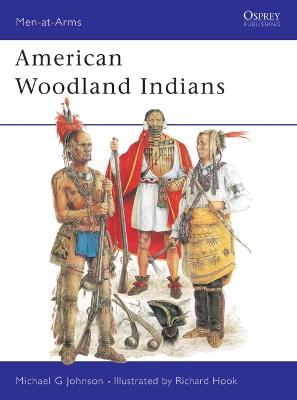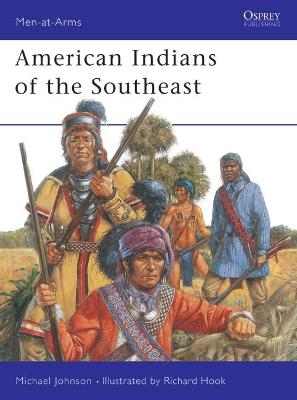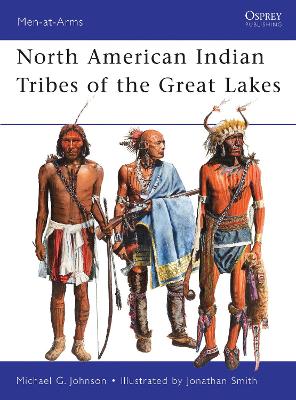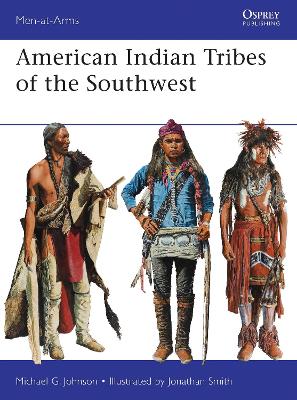Men-at-Arms
3 primary works • 4 total works
Book 228
The Woodland cultural areas of the eastern half of America has been the most important in shaping its history. This volume details the history, culture and conflicts of the 'Woodland' Indians, a name assigned to all the tribes living east of the Mississippi River between the Gulf of Mexico and James Bay, including the Siouans, Iroquians, and Algonkians. In at least three major battles between Indian and Euro-American military forces more soldiers were killed than at the battle of Little Bighorn in 1876, when George Custer lost his command. With the aid of numerous illustrations and photographs, including eight full page colour plates by Richard Hook, this title explores the history and culture of the American Woodland Indians.
Book 288
The southeastern people were the descendants of ancient prehistoric Indian cultures, and were probably on the decline when first known to Europeans. Despite being poorly reported in popular histories, they have been well described by several early European traders and by a number of well-known American ethnologists who collected details of surviving native culture in the late 19th and early 20th centuries. The white man's expanding plantation society and the tragic removal of the Indian population to Indian Territory saw the end of this farming, hunting and trading culture. This title examines the absorbing history and culture of the native peoples of the southeastern United States.
Book 467
This book details the growth of the European Fur trade in North America and how it drew the Native Americans who lived in the Great Lakes region, notably the Huron, Dakota, Sauk and Fox, Miami and Shawnee tribes into the colonial European Wars. During the French and Indian War, the American Revolution, and the War of 1812, these tribes took sides and became important allies of the warring nations. However, slowly the Indians were pushed westward by the encroachment of more settlers. This tension finally culminated in the 1832 Black Hawk's War, which ended with the deportation of many tribes to distant reservations.
This focuses on the history, costume, and material culture of the native peoples of North America. It was in the Southwest - modern Arizona, New Mexico, and parts of California and other neighboring states - that the first major clashes took place between 16th-century Spanish conquistadors and the indigenous peoples of North America. This history of contact, conflict, and coexistence with first the Spanish, then their Mexican settlers, and finally the Americans, gives a special flavor to the region. Despite nearly 500 years of white settlement and pressure, the traditional cultures of the peoples of the Southwest survive today more strongly than in any other region. The best-known clashes between the whites and the Indians of this region are the series of Apache wars, particularly between the early 1860s and the late 1880s. However, there were other important regional campaigns over the centuries - for example, Coronado's battle against the Zuni at Hawikuh in 1540, during his search for the legendary "Seven Cities of Cibola"; the Pueblo Revolt of 1680; and the Taos Revolt of 1847 - and warriors of all of these are described and illustrated in this book.



